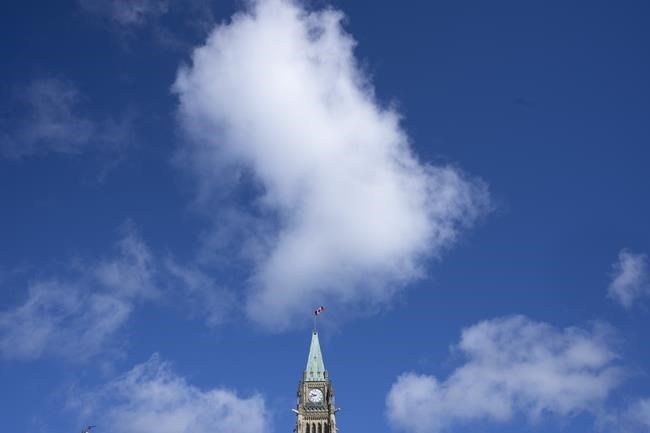OTTAWA — The Canadian government is making changes to the questionnaire prospective judges must fill out before applying for a federal judicial appointment.
The change is intended make the questionnaire more respectful by adding inclusive language for people to self-identify with "diversity characteristics.”
Applicants now have the option to say whether they self-identify as Indigenous, a racialized person, a person with a disability, a woman, a member of an "ethnic/cultural group" or LGBTQ.
The section notes that the government "seeks to achieve gender balance and to fully reflect the diversity of Canadian society on the superior courts," and asks for information "that you feel would assist in this objective."
Indra Maharaj, the chair of the Canadian Bar Association's judicial issues subcommittee, called the changes a step in the right direction.
"They underline the importance of diversity, and the scope of gender diversity and sexual orientation diversity in our community," she said.
Maharaj said a change to a question about wellness is also welcome, because it allows people to talk about their past struggles and explain how they overcame them.
The questionnaires are a primary tool used by judicial advisory committees across the country to review candidates for the bench and submit recommendations to the justice minister.
"I trust that these changes will further encourage candidates from across Canada to consider applying for a judicial appointment and support greater diversity on the bench," Justice Minister David Lametti said in a statement.
Former justice minister Jody Wilson-Raybould announced a process to increase transparency, accountability and diversity in the courts in 2016, with an emphasis on selecting women and visible minorities.
The federal government says more than half of the 550 judges appointed since November 2015 are women, and "appointments reflect an increased representation" of other diverse groups.
This summer, Michelle O'Bonsawin was appointed as the first Indigenous justice on the Supreme Court of Canada.
Maharaj said it's important reinforce the importance of having diverse candidates apply to be judges.
"It's a process. It's not something you can accomplish with one change or another," she said. "It doesn't mean that we're finished with encouraging diverse applicants to the bench."
This report by The Canadian Press was first published September 27, 2022.
David Fraser, The Canadian Press



